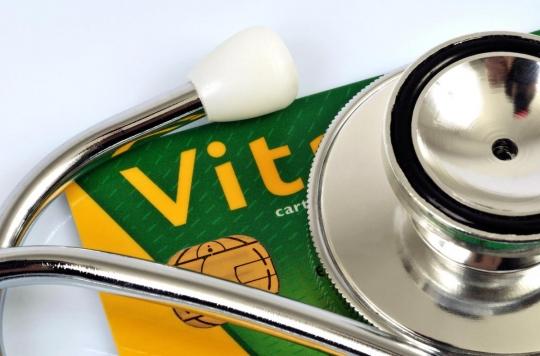Among the side effects of drugs, there is one that the United States wants to limit: public advertising for these products. So much so that the American Medical Association (AMA) is campaigning for the banning of TV spots for molecules prescribed by doctors, notes The world in its weekend edition.
“The proliferation of spots is boosting demand for the most expensive molecules, although there are less expensive and just as effective alternatives,” exclaims Dr. Patrice Harris, president of the AMA, in an op-ed published this week. past.
Faced with soaring spending to reimburse increasingly expensive drugs, Americans are questioning this global exception. So much so that the candidates for the 2016 presidential nominations have made it a favorite campaign theme, observes the evening daily.
Starting with Hillary Clinton, who notes that “virtually all industrialized countries have banned direct-to-consumer advertising because it inflates drug prices and can include confusing information”.
It must be said that the amounts invested in TV advertisements are colossal. More than 4 billion euros in 2014, 30% more than in 2012. Molecules to treat erectile dysfunction or to calm pain or anxiety (Pfizer) top the list.
“Among the most prominent drugs, notes journalist Chloé Hecketsweiler, Harvoni, a treatment for hepatitis C. Launched a year ago by Gilead, it is supported by a campaign whose cost is expected to reach 150 million dollars. »
For some American insurers, the allegations conveyed by advertising messages are “often at the limit of legality” and “encourage patients to put pressure on doctors to obtain drugs that are not always effective”.
As a result, patients who, for lack of sufficient means, do not benefit from satisfactory medical coverage, risk no longer having access to innovative but very expensive molecules.
This is probably the reason why 77% of Americans today say they are concerned about the cost of drugs.

















